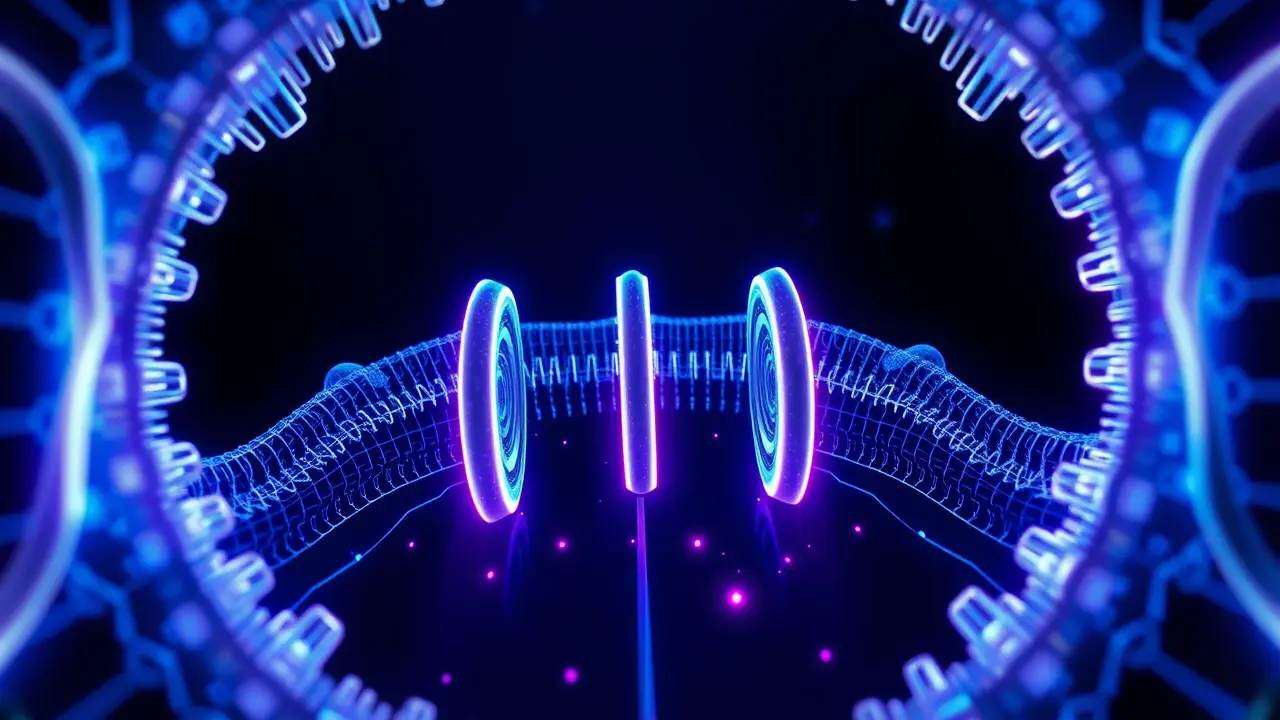
Scienceneuroscience
Bacterial Nanoprocessors Exhibit Brain-Like Learning Abilities
KE
Kevin White
3 hours ago7 min read3 comments
Scientists at École Polytechnique Fédérale de Lausanne (EPFL) have engineered bacterial nanopores that demonstrate fundamental learning capabilities comparable to neural processes, bridging synthetic biology with neuromorphic computing. The research reveals that aerolysin protein channels—previously known for unpredictable electrical behavior—actually function as biological transistors, with their internal charge distributions enabling sophisticated ion regulation.This charge-based mechanism creates asymmetric ion flow (rectification) and controlled open-close transitions (gating) that respond dynamically to voltage and concentration gradients. Through strategic engineering of these charge patterns, researchers developed nanopores capable of Hebbian learning—where repeated ionic stimulation strengthens specific conductance pathways, mirroring the neural principle that 'cells that fire together, wire together.' This discovery suggests future biocomputing systems could utilize ion-based logic gates rather than electronic components, operating with the remarkable energy efficiency of biological brains. The technology demonstrates particular promise for medical applications, including intelligent drug delivery systems that learn optimal release patterns and adaptive diagnostic sensors that recognize pathogen signatures. While challenges remain in protein stabilization and network scaling, these biological nanopores represent a significant advancement toward processors that interface directly with living tissues and function efficiently in aqueous environments at room temperature—addressing critical limitations of conventional silicon-based computing.
#featured
#bacterial nanopores
#brain-like learning
#bio-inspired computing
#ion-based processors
#EPFL research
Stay Informed. Act Smarter.
Get weekly highlights, major headlines, and expert insights — then put your knowledge to work in our live prediction markets.
Related News
© 2025 Outpoll Service LTD. All rights reserved.
